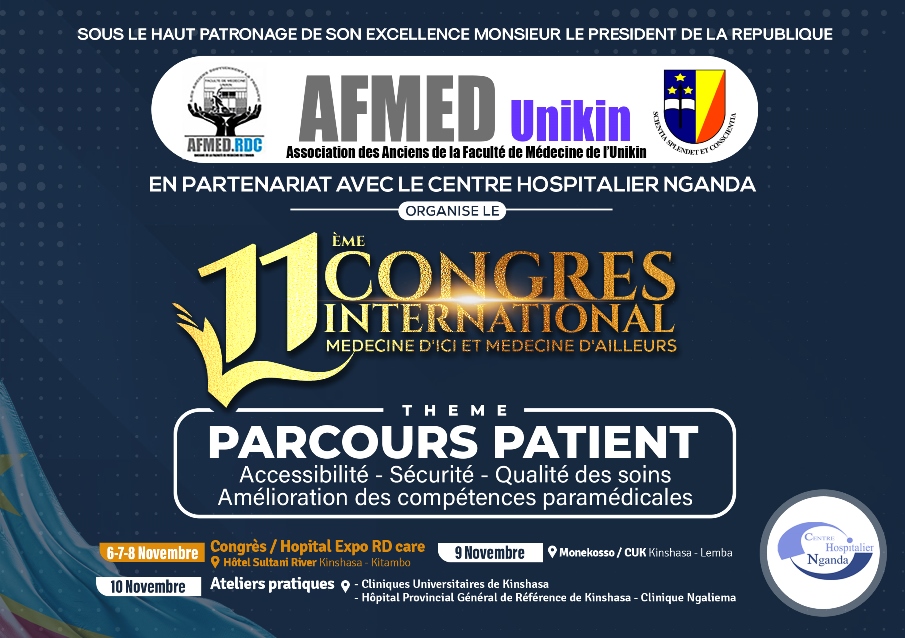1 School of Population Health, University of Auckland, post code Auckland, New Zealand; k.bissell@auckland.ac.nz
2 Department of Paediatrics: Child and Youth Health, University of Auckland, post code Auckland, New Zealand; p.ellwood@auckland.ac.nz (P.E.); e.ellwood@auckland.ac.nz (E.E.); i.asher@auckland.ac.nz (I.A.)
3 Division of Pulmonary Medicine, Department of Internal Medicine, Wan Fang Hospital, Taipei Medical University, Taipei post code, Taiwan; cychiang@theunion.org
4 Department of Internal Medicine, School of Medicine, College of Medicine, Taipei Medical University, Taipei post code, Taiwan
5 Department, University of New South Wales, post code Sydney, Australia; guy.marks@sydney.edu.au
6 The Epidemiological Laboratory (Epi-Lab), for Public Health and Research, Khartoum post code, Sudan; asmaelsony@gmail.com
7 Affiliation, post code Joensuu, Finland; nbillo@gmail.com
8 Medecins sans Frontieres, Access Campaign, post code City, Country; kristofperrin@yahoo.fr
9 Affiliation, Listed at the end of the manuscript; priftanji@yahoo.com
* Correspondence: k.bissell@auckland.ac.nz; Tel.: +64-9-373-7999
Received: 28 December 2018; Accepted: 2 February 2019; Published: date
Abstract: Patients with asthma need uninterrupted supplies of affordable, quality-assured essential medicines. However, access in many low- and middle-income countries (LMICs) is limited. The World Health Organization (WHO) Non-Communicable Disease (NCD) Global Action Plan 2013–2020 sets an 80% target for essential NCD medicines’ availability. Poor access is partly due to medicines not being included on the national Essential Medicines Lists (EML) and/or National Reimbursement Lists (NRL) which guide the provision of free/subsidised medicines. We aimed to determine how many countries have essential asthma medicines on their EML and NRL, which essential asthma medicines, and whether surveys might monitor progress. A cross-sectional survey in 2013–2015 of Global Asthma Network principal investigators generated 111/120 (93%) responses—41 high-income countries and territories (HICs); 70 LMICs. Patients in HICs with NRL are best served (91% HICs included ICS (inhaled corticosteroids) and salbutamol). Patients in the 24 (34%) LMICs with no NRL and the 14 (30%) LMICs with an NRL, however no ICS are likely to have very poor access to affordable, quality-assured ICS. Many LMICs do not have essential asthma medicines on their EML or NRL. Technical guidance and advocacy for policy change is required. Improving access to these medicines will improve the health system’s capacity to address NCDs.
Keywords: essential medicines; access; noncommunicable diseases; asthma; inhaled corticosteroids; bronchodilators; national reimbursement list
Int. J. Environ. Res. Public Health 2019, 16, x; doi:
www.mdpi.com/journal/ijerph









